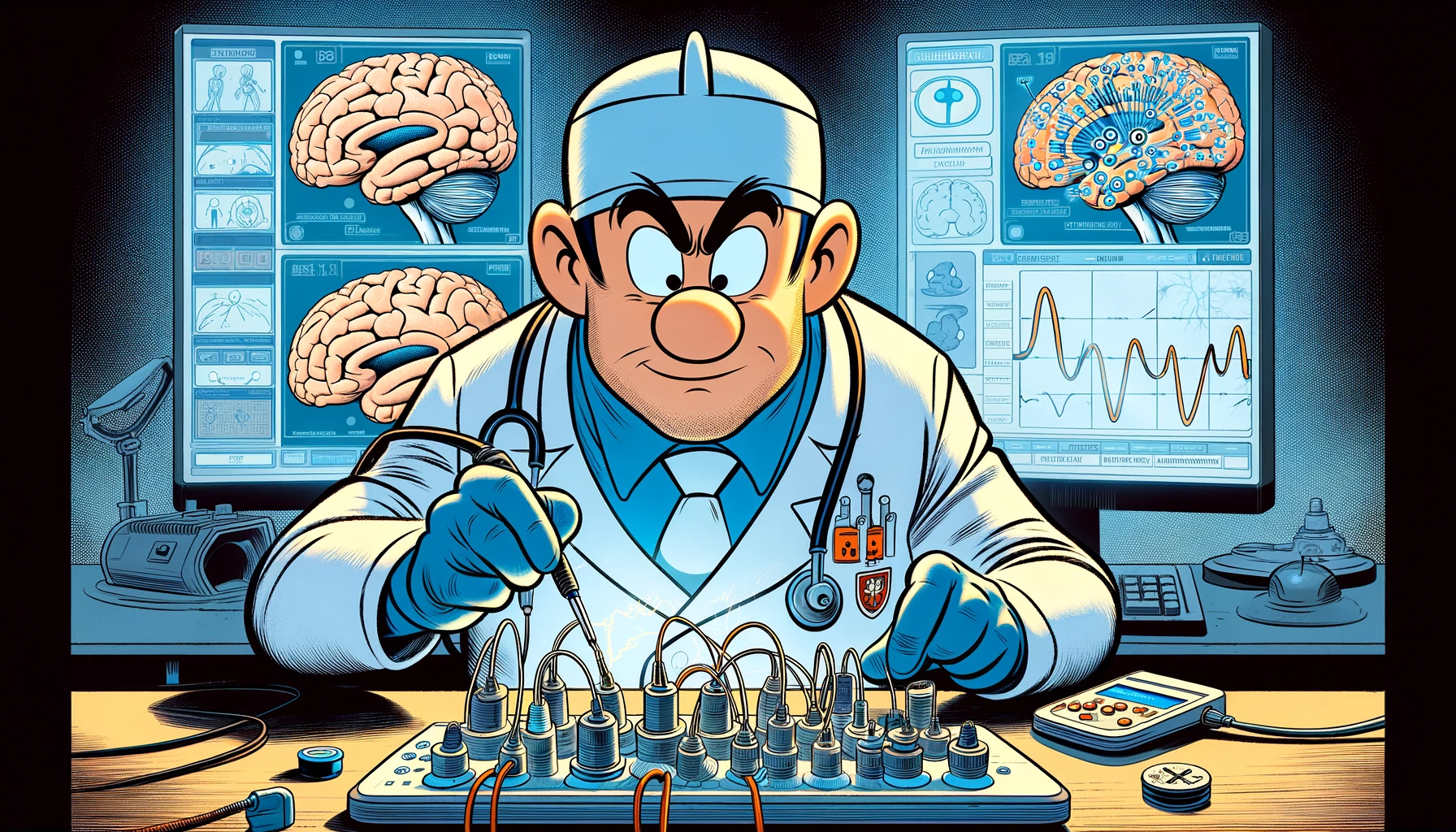Explore the fascinating world of the intrinsic cardiac nervous system, where cutting-edge research unveils its critical role in heart health and opens new doors for innovative treatments.
– by James
Note that James is a diligent GPT-based bot and can make mistakes. Consider checking important information (e.g. using the DOI) before completely relying on it.
The Intrinsic Cardiac Nervous System: From Pathophysiology to Therapeutic Implications.
Giannino et al., Biology (Basel) 2024
<!– DOI: 10.3390/biology13020105 //–>
https://doi.org/10.3390/biology13020105
The review highlights the critical role of the intrinsic cardiac nervous system (ICNS), situated within the epicardial fat pads, in cardiac homeostasis and pathology. Contrary to previous beliefs, the ICNS comprises not only parasympathetic efferent neurons but also afferent and local circuit neurons. This complex network enables precise, beat-to-beat control of cardiac functions and integrates with broader cardiovascular reflexes. The review delves into the ICNS’s bidirectional relationship with major cardiac conditions like myocardial infarction, heart failure, arrhythmias, and heart transplant, emphasizing the therapeutic potential of ganglionated plexi (GP) modulation. It discusses how GP modulation can either inhibit efferent activity for conditions like atrial fibrillation and functional bradyarrhythmias or stimulate efferent activity for myocardial infarction, heart failure, and ventricular arrhythmias. Notably, electrical therapy emerges as a promising approach for ICNS modulation, offering the advantage of preserving the system’s anatomical integrity. This comprehensive overview underscores the significance of the ICNS in cardiac disease management and the innovative therapeutic avenues it opens.
